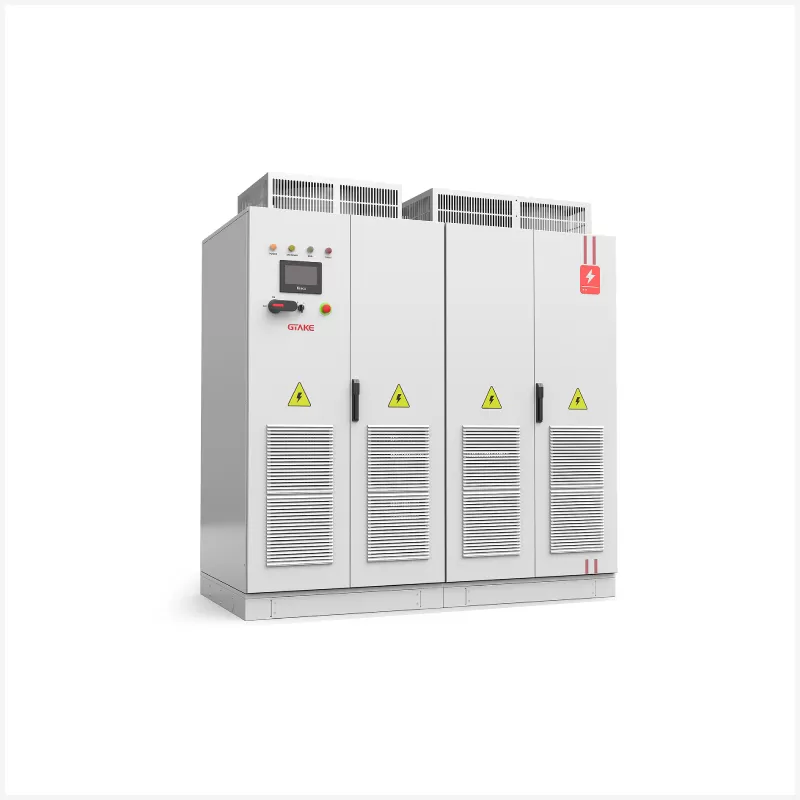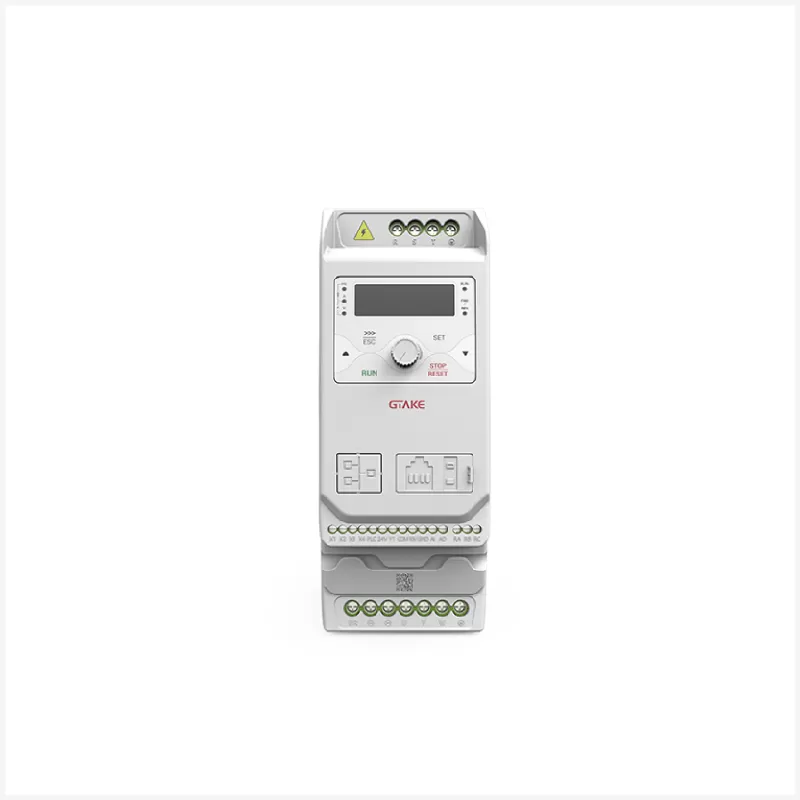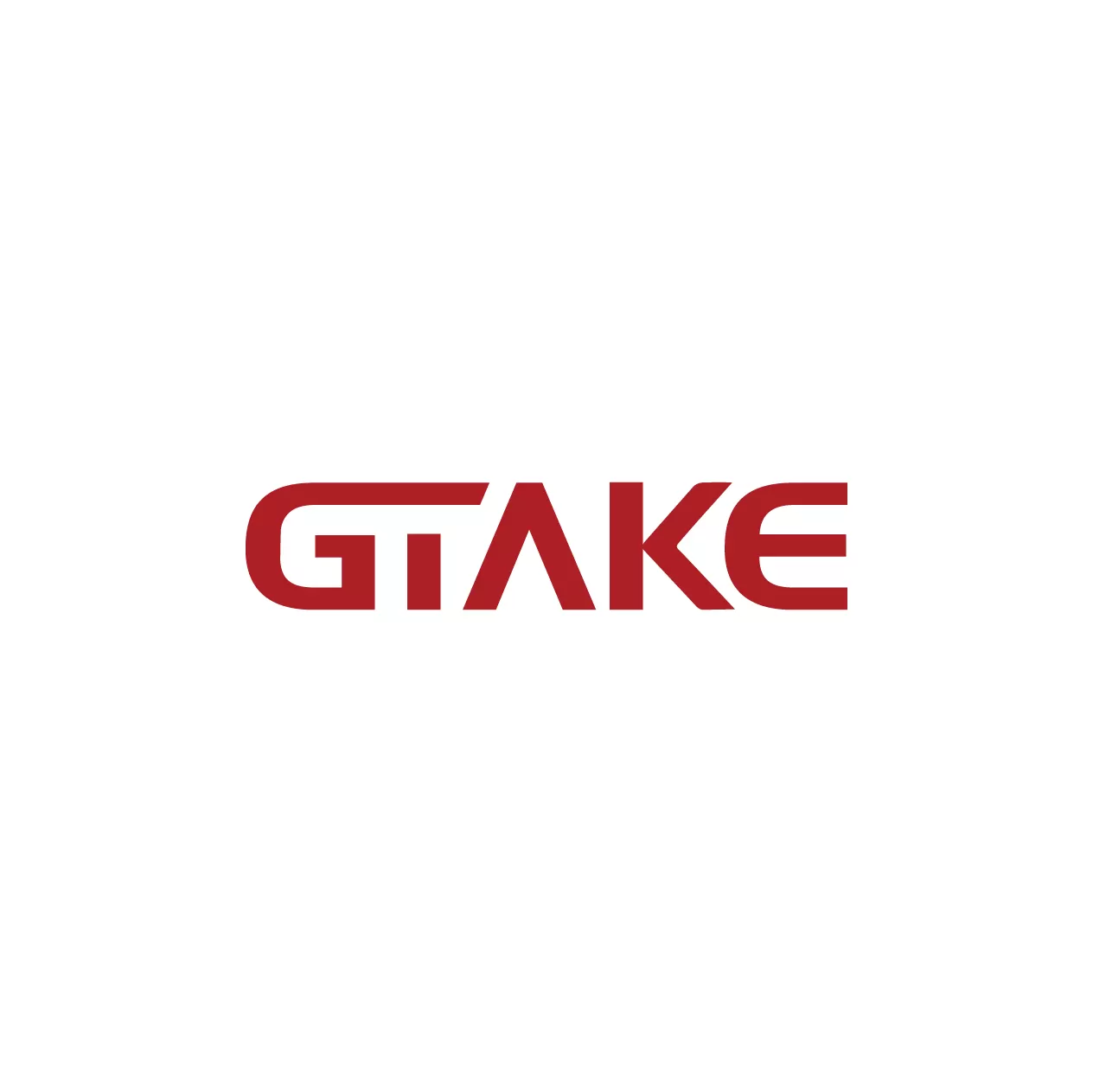When it comes to power conversion in electronic systems, two critical devices often come up: inverters and rectifiers. Both play vital roles in transforming electrical power, but they do so in opposite directions. This article explores the key differences between these two devices, their applications, and how they work to provide the power needed for various devices and systems.
What is a Rectifier?
A rectifier is an electrical device that converts alternating current (AC) into direct current (DC). AC power, commonly supplied by power grids, fluctuates in direction, while DC power flows in a single direction. The rectifier uses components like diodes to allow current to pass through in only one direction, effectively converting AC into DC.
Rectifiers are essential for devices that require a steady DC power supply, such as electronic gadgets and industrial equipment. For example, computers, televisions, and smartphones all rely on rectifiers to convert the AC power from the grid into the DC power needed for their operation. Rectifiers come in two main types: single-phase and three-phase, depending on the nature of the power they are converting.
four-quadrant operation
Applications of Rectifiers:
- Electric Motors:Many industrial motors operate on DC power, which is supplied after rectifying AC from the grid.
- Lighting:LED and other types of lighting systems often require DC power, making rectifiers a necessary component.
- Communication Equipment:Network routers, telephones, and other communication systems use rectifiers to ensure proper power conversion.
- Computers:Computers rely on rectifiers to convert grid power into the DC voltages required for their internal circuits.

What is an Inverter?
An inverter, on the other hand, performs the opposite function of a rectifier. It converts direct current (DC) into alternating current (AC). This process is essential for systems that rely on DC power, such as solar panels or batteries, to feed AC power into homes or businesses. Inverters, including ac frequency inverters and frequency inverters, use electronic switches to rapidly change the polarity of DC power, thus creating an AC output with a suitable frequency.
Inverters are especially important in renewable energy systems, where solar panels and wind turbines generate DC electricity. The inverter ensures that this DC power is converted to AC, which is the standard form of electricity used in homes and businesses.
Applications of Inverters:
- Renewable Energy Systems:Solar panels, wind turbines, and other renewable energy sources use inverters, such as ac frequency inverters, to convert DC to AC for use in homes and businesses.
- Electric and Hybrid Vehicles:These vehicles rely on inverters to convert the DC power stored in batteries into AC power to drive electric motors.
- Uninterruptible Power Supplies (UPS):Inverters in UPS systems ensure a continuous power supply by converting stored DC power into AC when the main power source fails.
Key Differences Between Inverters and Rectifiers
While both inverters and rectifiers are essential for converting electrical power, their roles are quite different. Let’s break down their main differences:
1. Direction of Conversion:
Rectifiers convert AC to DC.
Inverters convert DC to AC.
2. Applications:
Rectifiers are used in devices that require DC power, such as computers, motors, and communication equipment.
Inverters are crucial in renewable energy systems, electric vehicles, and backup power solutions where DC power must be converted to AC.
3. Output Characteristics:
Rectifiers provide a steady DC output, which is ideal for devices that require constant voltage and current.
Inverters generate AC output, which can be varied in frequency and voltage, allowing for more flexibility in powering various devices.
4.Control Methods:
Rectifiers are primarily controlled by voltage and current regulation.
Inverters use sophisticated control techniques such as Pulse Width Modulation (PWM) to regulate the output AC power.
5. Electronic Components:
Rectifiers primarily use diodes, which are simple semiconductor devices.
Inverters use more complex components such as MOSFETs (Metal-Oxide-Semiconductor Field-Effect Transistors) and IGBTs (Insulated Gate Bipolar Transistors), which allow for efficient switching and power conversion.

Why the Difference Matters
Understanding the difference between rectifiers and inverters is important because they are integral to the functioning of modern electrical and electronic systems. Rectifiers are used to power devices that require stable DC power, while inverters, especially frequency inverters, are crucial for converting renewable energy sources and battery-powered systems into usable AC power.
For example, in a solar power system, the DC electricity generated by the solar panels must be converted to AC by an inverter before it can be used in your home. In contrast, electronic devices such as your laptop or smartphone rely on rectifiers to ensure they receive the necessary DC power.
Conclusion
Both inverters and rectifiers are critical in modern power systems, but they serve opposite purposes. Rectifiers convert AC into DC, while inverters convert DC into AC. The proper use of these devices ensures that electrical power is available in the right form for a wide range of applications, from renewable energy to everyday electronics.
As a leading frequency inverter manufacturer, GTAKE is dedicated to providing reliable and efficient solutions for power conversion. Whether you need inverters for renewable energy systems, industrial automation, or other applications, GTAKE offers high-performance products tailored to your needs. Contact GTAKE today to learn more about our advanced frequency inverters and how they can optimize your energy systems.
